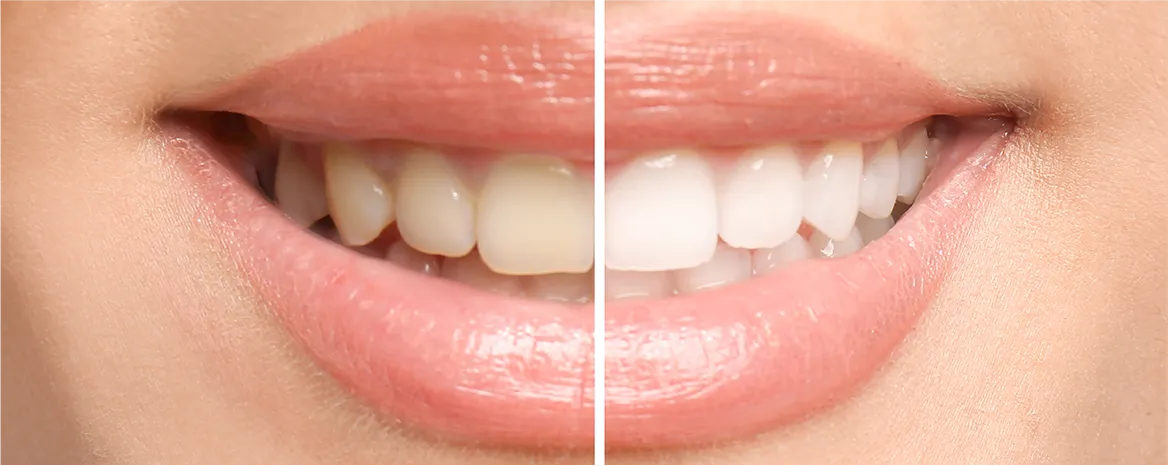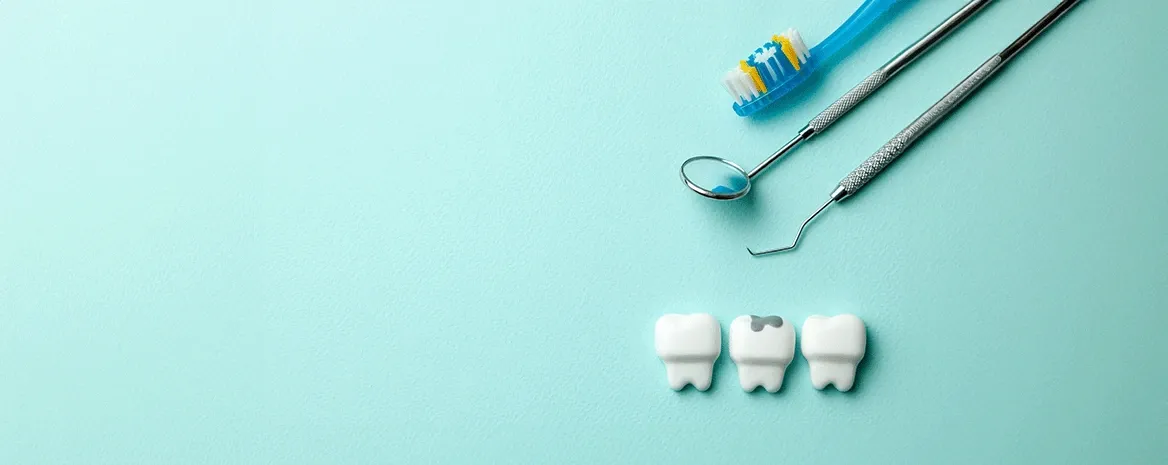Light Up Your Smile: Top Teeth Whitening Strategies

Light Up Your Smile: Top Teeth Whitening Strategies
A bright, white smile is often associated with youth, health, and confidence. However, our teeth naturally darken over time due to various factors such as diet, aging, and lifestyle habits. If you're looking to restore your smile's radiance, teeth whitening and bleaching are popular options. But what exactly are they, and how do they work?
What is Teeth Whitening?
Teeth whitening refers to the process of making teeth look whiter. This can be achieved through two main methods: bleaching and non-bleaching products. Bleaching involves the use of peroxides that help remove deep and surface stains, whereas non-bleaching products use physical or chemical agents to help remove surface stains only. Discoloration, which can result from diet, aging, or certain habits like smoking, often motivates individuals to seek whitening solutions.
Methods of Teeth Whitening
There are numerous teeth whitening options available, ranging from professional treatments to over-the-counter products:
In-Office Whitening:
This is the most effective method and involves applying a high-concentration bleaching gel to your teeth. Your dentist will protect your gums and use a special light or laser to activate the gel, accelerating the whitening process.
At-Home Whitening Kits (Prescribed by Dentist):
These kits usually involve custom-made trays and a professional-grade whitening gel. You'll wear the trays for a specified amount of time each day for several weeks. It can be good for keeping your in-office whitening for a longer time.
Over-the-Counter Products:
Whitening toothpaste, strips, gels, and rinses are readily available. However, they typically contain lower concentrations of bleaching agents and may not be as effective as professional treatments.
Natural Remedies:
For those preferring a more holistic approach, natural remedies like oil pulling with coconut oil, brushing with baking soda, and rinsing with hydrogen peroxide offer gentler ways to enhance tooth brightness.
The Teeth Bleaching Process Explained
When opting for professional bleaching, the procedure typically involves several steps:
Pre-treatment Evaluation:
Dentists assess oral health to determine suitability for bleaching, considering factors like gum health and the presence of restorations.
Application of Bleaching Agent:
A high-concentration peroxide gel is applied to the teeth, often activated with a special light to speed up the process.
Protection of Gums:
A barrier is placed along the gumline to protect soft tissues from the potent chemicals used during bleaching.
Can Yellow Teeth Become White Again?
Yes, yellow teeth can often be whitened. The effectiveness of whitening depends on the cause of the yellowing. External stains caused by foods, drinks, or smoking can be lightened with professional treatments or at-home whitening products. However, intrinsic discoloration, often caused by medication or trauma, may require more advanced cosmetic procedures. Regular dental cleanings and good oral hygiene can also help restore brightness to yellowed teeth.
Safety Considerations
While teeth whitening is generally safe, it's important to be aware of potential side effects:
- Tooth Sensitivity: This is the most common side effect, especially with professional treatments. Your dentist may recommend using desensitizing toothpaste or fluoride treatments to minimize discomfort.
- Gum Irritation: Bleaching agents can irritate gums, but this usually subsides after treatment.
- Uneven Whiteness: Particularly with home kits, there can be uneven coloring if the whitening agent isn’t applied carefully.
Who Should Avoid Teeth Whitening?
Teeth whitening is not recommended for pregnant or breastfeeding women, as its safety during these periods hasn’t been established. It is also not advisable for children under 16 because their teeth are still developing, and whitening could potentially damage the enamel. Additionally, individuals with gum disease or sensitive teeth may experience heightened sensitivity and irritation from whitening treatments.
Maintaining Your Whitened Teeth
After undergoing a whitening treatment, maintaining the results becomes paramount. Here are some tips to keep your teeth looking their best:
- Avoid Stain-Inducing Beverages: Coffee, red wine, and dark sodas are notorious for staining teeth. Consider using a straw to minimize contact with your teeth when enjoying these drinks.
- Practice Good Oral Hygiene: Brush at least twice a day and floss daily. Using a whitening toothpaste can help maintain results by gently removing surface stains.
- Regular Dental Checkups: Visiting your dentist regularly for cleanings and checkups ensures any potential issues that might affect the whiteness of your teeth are addressed promptly.
A Bright Smile for a Confident You
Teeth whitening and bleaching can be a great way to enhance your smile and boost your confidence. However, it's important to choose a safe and effective method that suits your individual needs and budget. Consult with your dentist to discuss the best options for you and achieve the dazzling smile you deserve. For more information and to explore top-rated dental providers around the world, visit Quality Care Global, your trusted partner in accessing world-class dental care.

